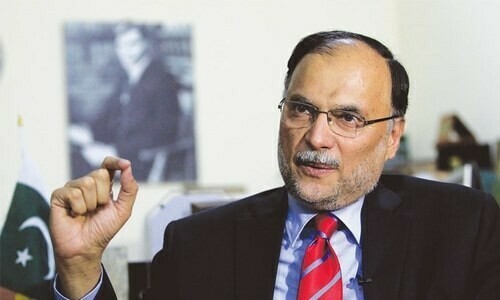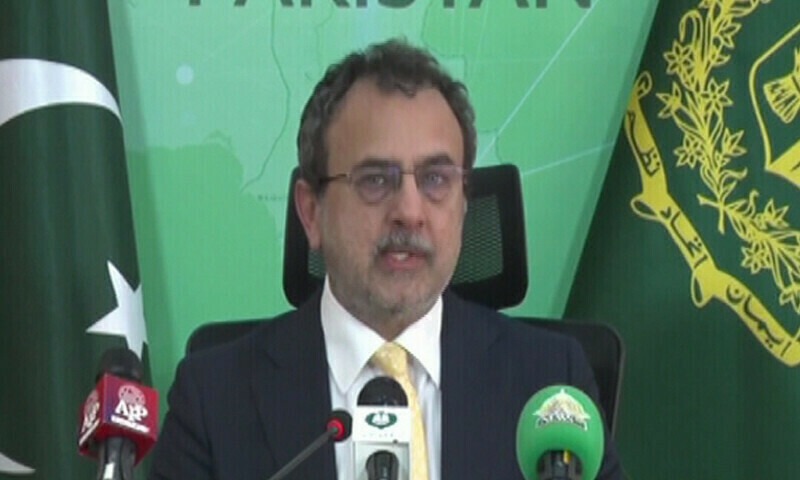ISLAMABAD: The eastern route of the China-Pakistan Economic Corridor (CPEC) has been identified as the most advantageous in terms of provincial representation, regional and trans-border connectivity, tourism, and socio-economic benefits. Islamabad and Dera Ismail Khan have emerged as top economic and transport hubs due to their strategic locations and interconnectivity.
This conclusion was drawn from a consultative session on transforming transport corridors into economic corridors, presided over by Minister for Planning and Development Ahsan Iqbal.
According to Waqas Anwar, a member of infrastructure, the eastern route is the most viable and shortest travel time option. This route connects Gwadar, Karachi, Hyderabad, Sukkur, Multan, Islamabad, Haripur, Mansehra, Chilas, and Gilgit, terminating at Khunjerab on the Pakistan-China border.
The session noted that while the shortest travel time route combines elements of both the central and eastern routes, it does not adequately represent provincial interests, particularly underrepresenting Sindh.
Islamabad and D.I. Khan Identified as Top Economic and Transport Hubs
The central route includes Gwadar, Turbat, Quetta, Shikarpur, D.G. Khan, D.I. Khan, Islamabad, Haripur, Mansehra, Chilas, Gilgit, and Khunjerab. Meanwhile, the western route passes through Gwadar, Turbat, Quetta, Qilla Saifullah, D.I. Khan, Charsadda, Mardan, Haripur, Mansehra, Chilas, Gilgit, and Khunjerab.
In contrast, the eastern route demonstrates a more equitable distribution of infrastructure: 34% in Punjab, 17% in Sindh, 24% in Balochistan, 13% in Khyber Pakhtunkhwa, and 12% in Gilgit-Baltistan, aligning with the population distribution of 78.1 million across the provinces.
Moreover, Islamabad and D.I. Khan have been recognized as suitable transport hubs with potential for special economic zones, also serving as logistics centres for warehousing activities. Islamabad’s central location enhances its strategic importance within the network, particularly as it features the shortest travel time route.
Enhancing Network Robustness and Economic Potential
The session highlighted that, aside from the Khunjerab Pass and Gwadar, Gilgit poses a significant risk to network robustness, affecting inter-city connectivity under adverse conditions or emergencies. The eastern route is also seen as more robust and operationally efficient.
The planning minister emphasized the government’s commitment to leveraging Pakistan’s existing transport infrastructure as a foundation for broader economic growth. He stated, “Our vision is to harness the power of our transport networks to drive industrial growth, regional integration, and sustainable development. Transport corridors must serve as economic lifelines, fostering opportunities for trade, investment, and regional collaboration.”
Creating Thriving Economic Zones
The session underscored that transport corridors should not merely focus on constructing roads and railways but also on establishing economic zones that integrate industrial and commercial activities, becoming hubs for industrial development and facilitating growth in sectors like manufacturing, agriculture, and services.
A key theme of the discussion was the necessity for comprehensive business planning. The planning minister urged the participants to develop detailed business plans that outline a clear roadmap for establishing economic zones along these transport corridors. “We must conduct thorough feasibility studies, identify potential industrial hubs, and create financial models that will attract both domestic and international investment. This is the way forward for creating sustainable economic opportunities,” he said.
Unlocking Substantial Value
The meeting acknowledged that effective planning could unlock substantial value along these routes, particularly through the integration of tourism, agriculture, and agri-processing activities. This approach can enhance the value-added output of agricultural products and improve competitiveness in global markets.
The minister also stressed the importance of human capital development, asserting that infrastructure alone is insufficient. He called for equipping the workforce with the necessary skills for emerging industries through vocational training centres and technical education programs along these corridors, ensuring that local communities can directly benefit from economic growth.



